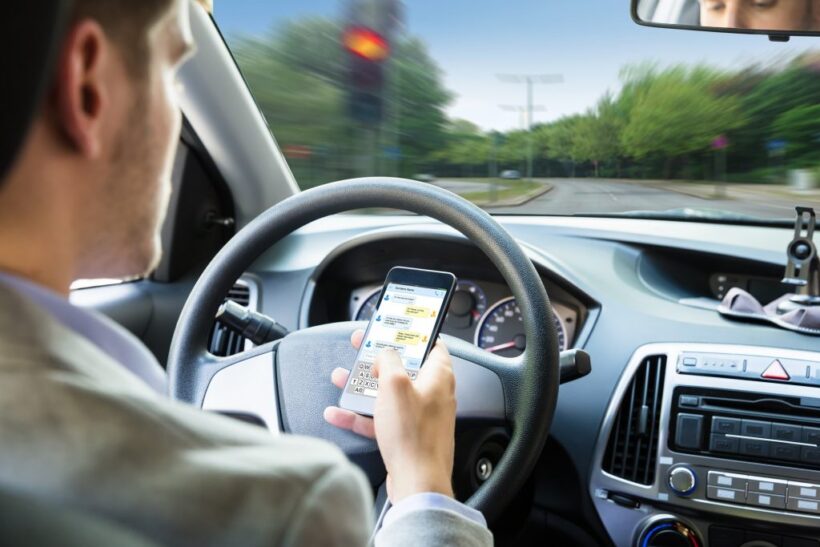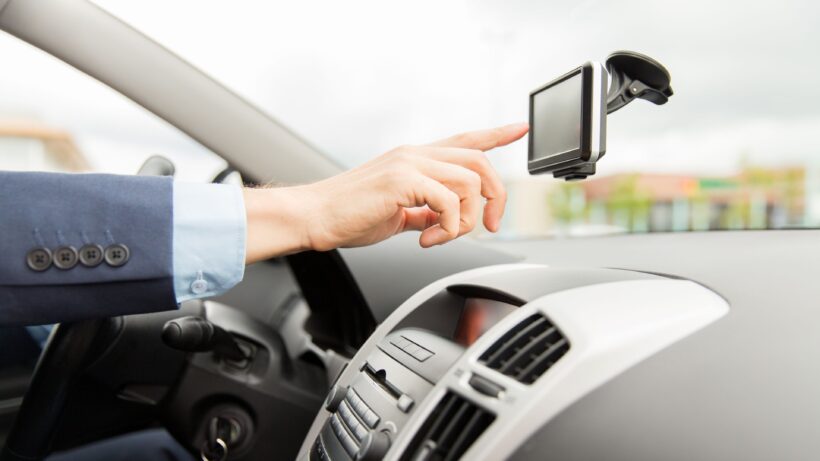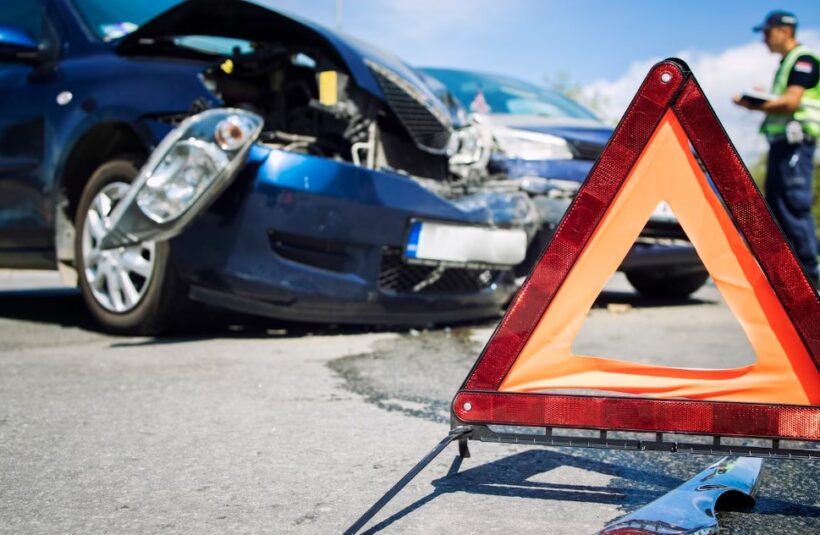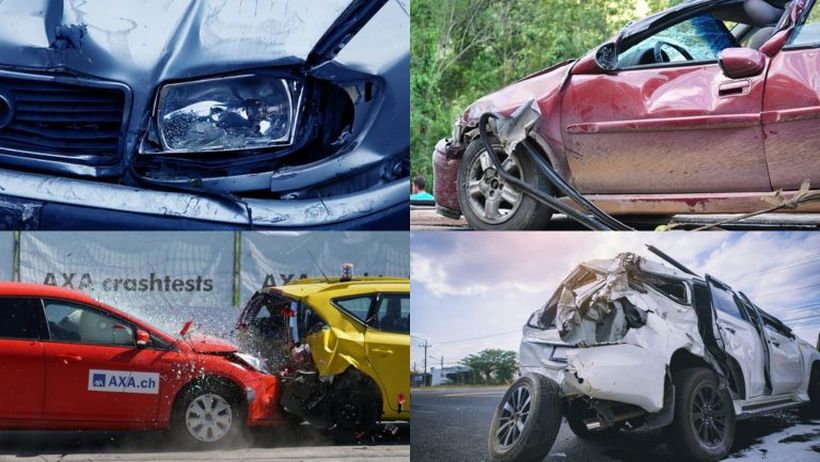In today’s fast-paced world, the road is a stage where multitasking has become a perilous norm. Distracted driving, a silent epidemic on our roads, claims thousands of lives each year. From the seemingly innocuous act of changing the radio station to the more blatant misuse of smartphones, this blog post aims to unveil the varied, often unrecognized, forms of distractions that drivers succumb to. As we journey through this critical topic, we not only identify these distractions but also understand their devastating impact on road safety, urging a collective reevaluation of our driving habits.
Back in 2021, the number of car accidents caused by distracted driving was estimated to be over 3,000. Unfortunately, the numbers have not gone down since then.
Distracted driving has ended a lot of lives, and despite the strict road rules set to check the habits and welfare of drivers, the death toll rises each year.
As a driver, your sole attention should be on navigating the road while ensuring your safety as well as that of other road users. Most drivers ignore this and engage in careless behaviors that may have fatal repercussions.
In this article, we’ll be talking about the different types of distracted driving that cause car accidents.
The Three Categories of Distractions
Here are the three categories of road distractions that drivers face:
Visual Distractions

Visual distractions refer to anything that diverts a driver’s attention visually away from the road. Primary examples of visual distractions include:
- Using a mobile phone
- Adjusting the GPS
- Looking at passengers
- Admiring the scenery
Once you have your eyes off the road, you lose your ability to identify and react to potential hazards on the road. You are disconnected from your immediate environment, and in the blink of an eye, you could encounter fatal consequences.
Ensure that you keep your eye on the road at all times. Minimize your use of electronics while you drive, and try to refrain from activities that require you to take your eyes off the road.
Manual Distractions

Manual distractions are the most common cause of road accidents. They occur when a driver tries to take one or both hands off the steering while driving. Unless you’re a medal-winning driver, do not attempt this at any point at all.
When drivers engage in manual distractions, they compromise their ability to maintain control of the vehicle and respond quickly to changing road conditions.
Now, here are a few examples of manual distractions:
- Texting
- Eating
- Adjusting the radio
- Reaching for items within the vehicle
- Wearing makeup
- Smoking
- Adjusting the kids
Some of these physical activities require visual, mental, and manual concentration. This combination can be deadly for both the driver and other road users. Here are some of the best ways to curb manual distractions to ensure road safety:
- Setting up navigation systems before driving
- Securing belongings to minimize the need for reaching
- Pulling over in a safe location if an activity requires taking hands off the wheel
Mental Distractions

Mental distractions may not necessarily involve physical actions, but they can impair a driver’s ability to focus on the complex task of driving. These distractions take the driver’s attention away from the cognitive demands of driving. Here are a few examples of mental distractions:
- Daydreaming
- Engaging in deep conversations
- Being preoccupied with work-related thoughts
- Using Siri
- Driving under the influence
Mental distractions are insidious because they can lead to a phenomenon known as “inattention blindness,” where the driver’s mind is so preoccupied that they fail to recognize critical information on the road.
They may come into contact with a situation that requires them to think and act fast, and because their mind is far from their reality, they might delay. Unfortunately, delays can sometimes be fatal.
Here’s how to cultivate mindfulness as a driver:
- Avoiding multitasking
- Managing stress
- Allowing for mental breaks during long drives
- Noticing the potential signs of mental fatigue and absenteeism and addressing each one duly
Legal Ramifications of Distracted Driving
Distracted driving transcends being a mere risky habit; it often violates legal boundaries, with consequences varying by location. Many regions legally forbid such behaviors, united in the goal to deter and punish these dangerous practices.
In the U.S., for example, most states ban texting while driving, and some prohibit all handheld device use. Penalties range from fines to license suspension, reflecting the offense’s gravity and regional laws.
Internationally, similar strict measures exist. In the U.K., mobile phone use while driving attracts fines and license points, emphasizing distracted driving’s severity and legal implications.
Technological Interventions
In an era where smartphones are almost extensions of ourselves, technology plays a dual role in distracted driving – as both a contributor and a solution. Smartphone makers and app developers are innovating to mitigate this issue.
Features like “Do Not Disturb While Driving” on smartphones exemplify this. It mutes notifications and sends automatic responses to texts, conveying the driver’s current unavailability. Voice-activated in-car systems also help by enabling hands-free and eyes-free communication and navigation.
Startling Statistics
Highlighting the severity of distracted driving requires hard data. Statistics paint a stark picture of its consequences on road safety.
The NHTSA reported 3,142 distracted driving-related deaths in the U.S. in 2019. Additionally, studies indicate that tasks like texting while driving significantly elevate accident risks.
Personal Narratives
Beyond statistics, personal stories bring a human element to the issue. Accounts from distracted driving accident survivors or remorseful offenders bring an emotional depth, personalizing this widespread problem.
Stories could include a survivor’s ordeal or a repentant driver’s experience, offering powerful lessons on the tangible dangers of distracted driving. These narratives serve as vivid reminders that distracted driving isn’t an abstract issue but a life-changing reality.
Wrapping Up

All of these distractions pose a threat to everyone on the road. As drivers, it is our sole duty to ensure that we only engage in habits that ensure the safety of every other road user.
With the tips above, you can efficiently curb each of these distractions and reach your destination safely.

